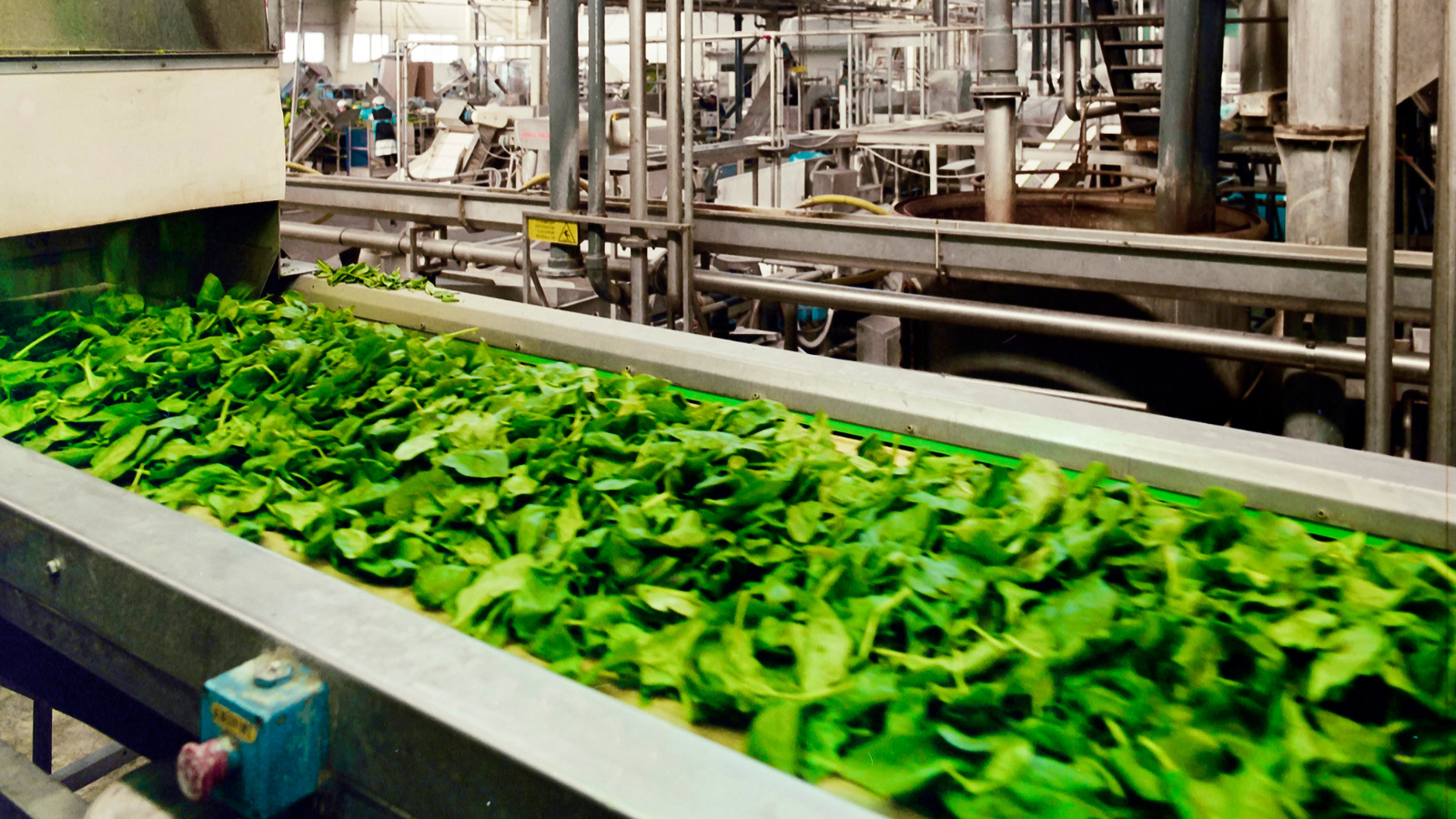
When Growth Stalls: The Hidden Threat to Engagement and Retention in Operations
In operations, the focus is usually on efficiency, reliability, and process. You’ve got KPI’s to hit, machines to keep running, and teams to manage. But while we’re all busy keeping things moving, there’s a quieter issue that can cause much bigger problems over time, a lack of growth.
When personal or business growth stalls, engagement starts to dip. And when engagement drops, retention follows. It’s a pattern we see across many businesses, not because people stop caring overnight, but because they stop seeing a future or having a goal to reach.
Growth Means More Than Promotion
When we talk about “growth,” we don’t just mean promotions or pay rises. In operational environments, growth can take many forms, learning new systems, mastering new equipment, taking on cross-functional projects, or having the chance to step up and lead a team.
For some, it’s about gaining a qualification or moving from the line to a team leader role. For others, it’s about contributing to process improvements or leading a small CI project. Growth is ultimately about progress, feeling like what you do today builds towards something tomorrow.
The same goes for businesses. When a company stops investing in its processes, technology, or people, things quickly plateau. Teams lose momentum. And talented people start looking elsewhere.
What Happens When Growth Stops
When employees feel stuck, motivation naturally fades. They still turn up, they still do the job, but the spark goes. Instead of taking pride in finding efficiencies or helping others develop, it becomes about getting through the day.
Over time, that disengagement seeps into the culture. People stop putting forward ideas. Initiative gives way to indifference. The best performers, the ones who thrive on challenge and contribution, start to question whether the grass is greener elsewhere.
It’s not just about morale, either. In operations, disengagement shows up in performance. Quality slips. Safety shortcuts creep in. Communication breaks down between shifts or departments. When people no longer feel valued or see a path forward, their connection to the work weakens and that impacts results.
The Cost of Losing Good People
Every industry invests heavily in its teams, and as recruiters, we know the full extent of these costs, including training, onboarding, and the day-to-day effort required to keep things running smoothly. When experienced people leave, that investment goes out the door with them. It takes time to replace, retrain, and rebuild trust, all whilst costing you money.
There’s also a reputational hit. Word spreads quickly in the industry, especially across the Food and Fresh produce sector. If people believe a business doesn’t offer growth or progression, it becomes harder to attract the next generation of talent.
Retention isn’t just a nice metric for HR. It’s the backbone of stable operations. And engagement driven by personal and business growth is what keeps retention strong.
How Operational Leaders Can Reignite Growth
The good news is that fixing this doesn’t always require a massive investment. Often, it starts with mindset and visibility.
From conversations I’ve had with thriving businesses, it becomes clear to see what they are doing right.
First, talk about career paths. Many employees don’t know what’s next for them, or what it takes to get there. Mapping that out, even informally, gives people something to aim for. Regular check-ins around development, not just annual reviews, make a big difference.
Second, offer opportunities for skill-building. Cross-training, mentoring, or temporary projects are all powerful tools. When people can stretch their abilities, they gain confidence and loyalty follows.
Recognition also plays a part. In fast-paced settings, it’s easy to move straight from one job to the next without acknowledging the wins along the way. Taking time to celebrate team achievements, hitting output targets, improving safety and delivering continuous improvement projects reinforces that what people do matters.
Finally, connect personal growth with business growth. If your operation is investing in new technology, involve the team early. Train them on the new systems. Let them own parts of the implementation. When growth happens with your people, not around them, engagement flourishes.
Real-World Impact
We’ve seen it first-hand in the sectors MorePeople works with. A food manufacturer in Lincolnshire introduced structured development plans for every shift leader. Within a year, turnover dropped by nearly 30%. A produce logistics firm in the Midlands rolled out cross-training between departments, with warehouse staff learning route planning and quality checks. Engagement scores rose sharply because people finally felt they were learning again and when staff fell or took annual leave, those departments didn’t suffer because they already had the skills for someone else to cover.
The common thread? Growth. Not grand corporate strategy just consistent investment in people’s development and a belief that every role can evolve.
The Bottom Line
In any industry, growth isn’t a luxury it’s essential. Without it, engagement fades, retention drops, and productivity suffers. But when teams can see progress, when they’re learning and contributing to something bigger, they stay motivated and loyal.
Even in difficult periods of consolidation or a downturn, making it apparent that you value your team and what they bring to the table can make the difference between your team sailing through the storm or jumping ship.
For operational leaders, the challenge is simple: look at where growth has stalled, both for your people and your business. Then take one small, practical step to get it moving again.
Because when people grow, the business grows and that’s the kind of momentum no process improvement can replace.
